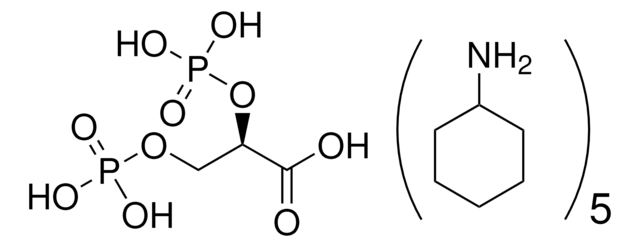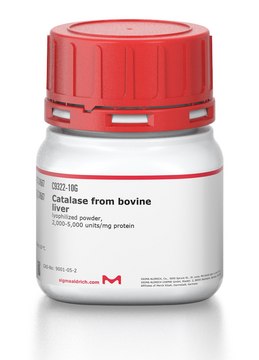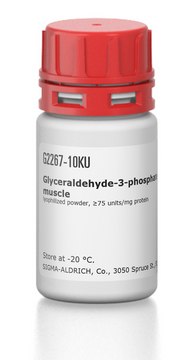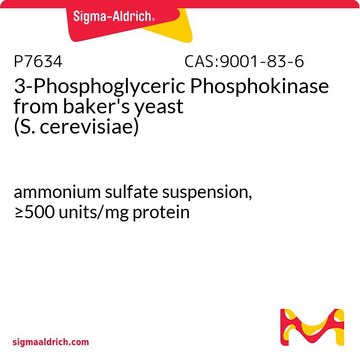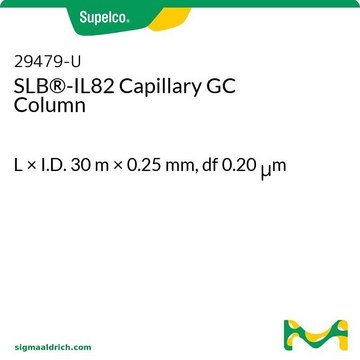D5764
2,3-Diphospho-D-glyceric acid pentasodium salt
glycolysis metabolite
Synonym(s):
2,3-DPG, D-Glycerate 2,3-diphosphate sodium salt
About This Item
Recommended Products
biological source
synthetic
form
powder
impurities
3-phosphoglyceric acid, essentially free
color
white to off-white
solubility
water: 100 mg/mL, clear, colorless to faintly yellow
cation traces
Na: 24.5-32.5% (anhydrous)
storage temp.
−20°C
SMILES string
[Na].OC(=O)[C@@H](COP(O)(O)=O)OP(O)(O)=O
InChI
1S/C3H8O10P2.Na.H/c4-3(5)2(13-15(9,10)11)1-12-14(6,7)8;;/h2H,1H2,(H,4,5)(H2,6,7,8)(H2,9,10,11);;/t2-;;/m1../s1
InChI key
JJEMSNINYKJOBZ-YBBRRFGFSA-N
1 of 4
This Item | 28891U | 29479U | 29484U |
|---|---|---|---|
| matrix active group Non-bonded; 1,12-Di(tripropylphosphonium)dodecane bis(trifluoromethanesulfonyl)imide phase | matrix active group Non-bonded; 1,12-Di(tripropylphosphonium)dodecane bis(trifluoromethanesulfonyl)imide phase | matrix active group Non-bonded; 1,12-Di(2,3-dimethylimidazolium)dodecane bis(trifluoromethanesulfonyl)imide phase | matrix active group Non-bonded; 1,12-Di(tripropylphosphonium)dodecane bis(trifluoromethanesulfonyl)imide trifluoromethanesulfonate phase |
| parameter ≤25-300 °C temperature (isothermal or programmed) | parameter ≤25-300 °C temperature (isothermal or programmed) | parameter 50-270 °C temperature (isothermal or programmed) | parameter 40-290 °C temperature (isothermal or programmed) |
| application(s) agriculture | application(s) agriculture | application(s) environmental | application(s) - |
| technique(s) gas chromatography (GC): suitable (fast GC) | technique(s) gas chromatography (GC): suitable | technique(s) gas chromatography (GC): suitable | technique(s) gas chromatography (GC): suitable (fast GC) |
| material fused silica | material fused silica | material fused silica | material fused silica |
Application
Biochem/physiol Actions
Other Notes
Storage Class Code
11 - Combustible Solids
WGK
WGK 3
Flash Point(F)
Not applicable
Flash Point(C)
Not applicable
Personal Protective Equipment
Choose from one of the most recent versions:
Certificates of Analysis (COA)
Don't see the Right Version?
If you require a particular version, you can look up a specific certificate by the Lot or Batch number.
Already Own This Product?
Find documentation for the products that you have recently purchased in the Document Library.
Our team of scientists has experience in all areas of research including Life Science, Material Science, Chemical Synthesis, Chromatography, Analytical and many others.
Contact Technical Service